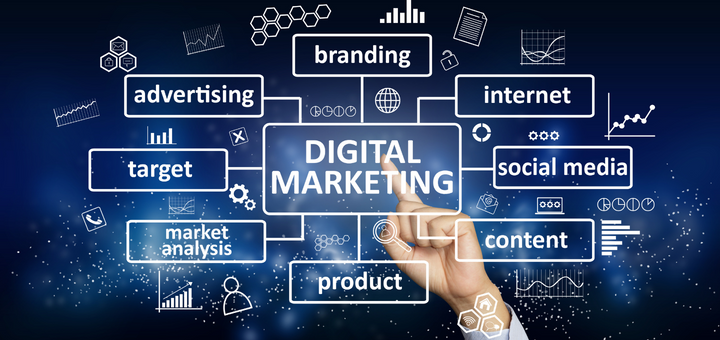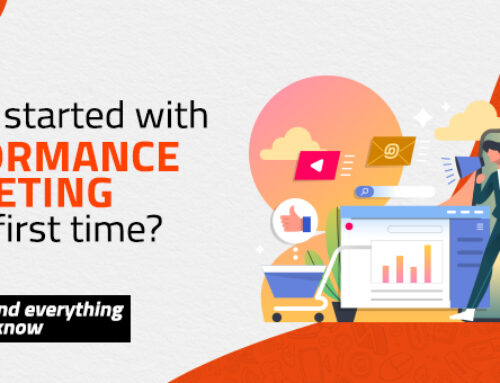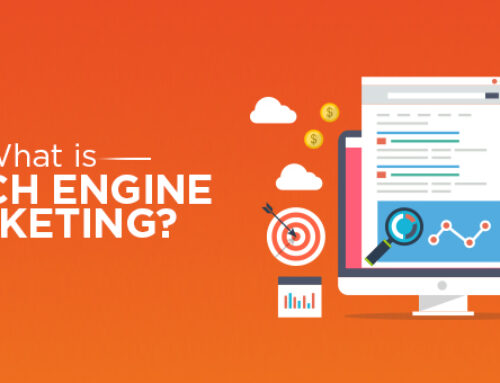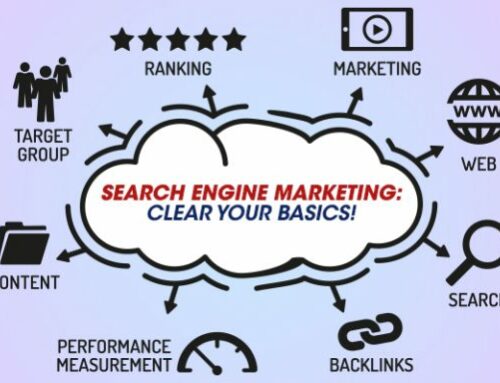Effective Performance Marketing Channels: A Comparison of Search, Social, Email, and Display Advertising

Performance marketing has become increasingly popular in recent years, as businesses look for more measurable and cost-effective ways to drive sales and leads. One of the key decisions facing marketers is choosing which channels to use for their performance marketing campaigns. In this blog post, we’ll compare four of the most popular performance marketing channels: search, social, email, and display advertising.
Search Advertising
Search advertising, also known as pay-per-click (PPC) advertising, is a form of online advertising where advertisers bid on keywords related to their business in order to appear at the top of search engine results pages (SERPs). These ads are typically displayed above or below the organic search results, and advertisers only pay when someone clicks on their ad.
One of the main advantages of search advertising is that it allows you to target people who are actively searching for products or services related to your business. This makes it a highly effective channel for driving conversions and leads. In addition, search advertising platforms like Google Ads and Microsoft Advertising offer robust targeting and tracking capabilities, allowing you to optimise your campaigns for maximum ROI.
However, search advertising can also be highly competitive and expensive, particularly for popular keywords. Advertisers must carefully manage their bids and budgets to ensure they’re getting the most value from their campaigns.
Social Advertising
Social advertising refers to advertising on social media platforms like Facebook, Instagram, Twitter, and LinkedIn. Social media advertising typically takes the form of sponsored posts or ads that appear in users’ feeds or stories. Like search advertising, social advertising is typically priced on a pay-per-click or pay-per-impression basis.
One of the key advantages of social advertising is the ability to target highly specific audiences based on factors like age, gender, location, interests, and behaviour. This makes it a highly effective channel for driving brand awareness and engagement, particularly for businesses with a strong social media presence. In addition, social media platforms offer a range of ad formats, from image and video ads to carousel and collection ads, allowing you to showcase your products and services in creative ways.
However, social advertising can also be highly competitive, particularly for popular target audiences. Advertisers must carefully craft their messaging and creativity to stand out in users’ feeds and capture their attention. In addition, social media algorithms can be unpredictable, meaning that your ads may not always reach your intended audience.
Email Marketing
Email marketing is a form of direct marketing that involves sending commercial messages to people via email. Email marketing campaigns can include newsletters, promotional offers, and other types of content that encourage recipients to take a specific action, such as making a purchase or signing up for a service.
One of the key advantages of email marketing is the ability to build relationships with your audience over time. By providing valuable content and offers to subscribers, you can cultivate a loyal customer base that is more likely to convert and advocate for your brand. In addition, email marketing platforms offer robust tracking and automation capabilities, allowing you to segment your audience and send targeted messages based on their behaviour and preferences.
However, email marketing can also be challenging, particularly given the prevalence of spam filters and inbox overload. Advertisers must craft compelling subject lines and messaging that capture recipients’ attention and avoids being marked as spam. In addition, email marketing requires ongoing investment in content creation and list management in order to maintain engagement and deliverability.
Display Advertising
Display advertising, also known as banner advertising, refers to the use of graphic ads that appear on websites, apps, and other digital properties. Display ads can take a variety of formats, from simple text ads to rich media ads that include animations, videos, and interactive elements.
One of the main advantages of display advertising is the ability to reach a wide audience and build brand awareness. Display ads can be targeted based on factors like demographics, interests, and behaviour, allowing you to reach potential customers across a range of websites and digital platforms. In addition, display advertising offers a range of creative options, allowing you to showcase your brand in visually compelling ways.
However, display advertising can also be challenging, particularly given the prevalence of ad blockers and banner blindness. Advertisers must craft compelling messaging and creative that stands out and captures users’ attention. In addition, display advertising can be costly, particularly for premium placements on high-traffic websites.
Performance marketing has become an increasingly popular approach to marketing in recent years. Performance marketing channels are a type of marketing where businesses only pay for specific actions that result in a conversion, such as a sale or a lead.
Some of the benefits of using performance marketing channels for your business :
Cost-effectiveness: One of the biggest advantages of performance marketing channels is their cost-effectiveness. Unlike traditional advertising, where you pay for exposure, regardless of whether it generates any leads or sales, performance marketing channels allow you to pay only when a specific action is taken. This means you can allocate your marketing budget more effectively, and you’ll know that you’re only paying for marketing efforts that are actually working.
- Targeted advertising: With performance marketing channels, you can target your advertising efforts to specific audiences, based on demographics, interests, and behaviours. This ensures that your marketing efforts are reaching the right people, increasing the likelihood of conversions.
- Measurable results: Performance marketing channels allow you to measure the effectiveness of your marketing efforts in real-time. This means you can quickly identify which channels are working well and adjust your marketing strategies accordingly. With the ability to track performance metrics such as click-through rates, conversion rates, and cost-per-acquisition, you can make data-driven decisions to optimize your campaigns.
- Flexibility: Performance marketing channels are highly flexible, allowing you to adjust your campaigns on the fly. You can make changes to your targeting, messaging, and creative assets in real-time, giving you the ability to quickly adapt to changing market conditions and consumer behaviour.
- Increased ROI: Because performance marketing channels allow you to track your results and optimize your campaigns, you can ultimately see a higher return on investment (ROI) for your marketing efforts. By focusing on channels that are driving conversions and eliminating those that aren’t, you can maximize the impact of your marketing budget.
Conclusion
Each of these performance marketing channels has its own strengths and weaknesses, and the most effective channel for your business will depend on a range of factors, including your goals, budget, and target audience. By understanding the key characteristics of each channel, you can make informed decisions about which ones to prioritize in your performance marketing campaigns.
Ultimately, the most effective performance marketing campaigns will be those that are well-targeted, well-executed, and well-optimized over time. By constantly monitoring your metrics and making data-driven decisions about your campaigns, you can achieve the best possible ROI from your performance marketing efforts.












